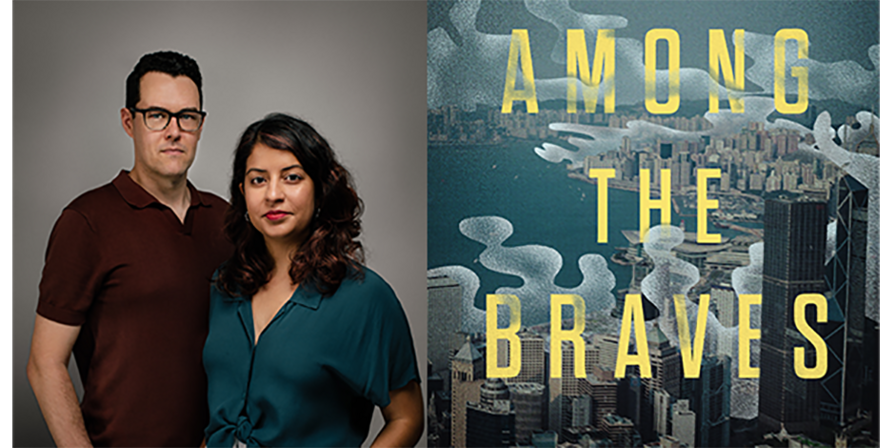Pavilion Tours September 22, 2010
Russia Pavilion
Today I had the privilege to tour the Russia Pavilion with local Chinese students from the Yangguang Haichun School (阳光海川学校). The kids enjoyed a special visit to the USA National Pavilion and the Expo as part of our Community Outreach department’s Kiddie Corner Day. The Russian Pavilion’s exterior was very impressive with towering white and gold walls, embellished atop with ornamental designs. As we toured the pavilion, the kids became very excited and happy to enter a new world very much resembling “Alice in Wonderland.” Giant trees, flowers, fruits, and strange bugs all amidst a floral background and purple lighting created a strange yet magical environment. Moreover, the Russia Pavilion holds a special exhibit showcasing extremely tiny ornaments—so little that a microscope is required to see it clearly. Overall, the Russia Pavilion was aesthetically pleasing, both inside and out, and I was very happy to see the children enjoying themselves in the dreamlike environment.
and out, and I was very happy to see the children enjoying themselves in the dreamlike environment.
UK Pavilion
Before entering the UK Pavilion, I was immediately captivated by the pavilion’s unique design. The exterior is entirely covered with protruding, transparent rods which give the pavilion a unique and organic look. Upon entering the pavilion, which is also called The Seed Cathedral, I learned that “each one of the 60,000 acrylic rods in the chamber holds seeds, provided by Kunming Institute of Botany.” At the end of each acrylic rod is a different kind of seed, illuminated by the incoming light from the outside. The effect is a stunning silhouette display of seed diversity. The Seed Cathedral is by far one of the most striking and memorable displays I have seen at the Expo thus far.
Japan Pavilion
 The design of the Japan Pavilion resembles something straight out of a Japanese anime. The purple membrane and antennae design make this pavilion look like a giant living organism. Despite the Japan Pavilion’s notoriously long queues, my visit to the pavilion was well worth the wait. In addition to displays of green technology, including the Toyota Prius electric-hybrid technology, the pavilion’s two shows were definitely the key attractions here. The first show introduces the audience to a Japanese family using technology controlled by body movements and touch, such as real-time video calling, integrated into their homes. As the story continues, more technology is showcased, such as drivable armchair and futuristic cameras, which captures images of audience members in the room. Lastly, a life-size robot walks onto the stage and plays the violin.
The design of the Japan Pavilion resembles something straight out of a Japanese anime. The purple membrane and antennae design make this pavilion look like a giant living organism. Despite the Japan Pavilion’s notoriously long queues, my visit to the pavilion was well worth the wait. In addition to displays of green technology, including the Toyota Prius electric-hybrid technology, the pavilion’s two shows were definitely the key attractions here. The first show introduces the audience to a Japanese family using technology controlled by body movements and touch, such as real-time video calling, integrated into their homes. As the story continues, more technology is showcased, such as drivable armchair and futuristic cameras, which captures images of audience members in the room. Lastly, a life-size robot walks onto the stage and plays the violin.
The second performance moves away from technological displays and features an operatic performance entitled “The Tale of the Crested Ibis” based on a pair of crested ibises given to Japan from China in 1999. The show is very touching and promotes the Japan Pavilion’s theme of coming together, or lian jie (聯接).
Mexico Pavilion
As you walk up to the Mexico pavilion, there doesn’t seem to be an entrance in sight. The Mexico Pavilion is actually underground! A sloping green lawn dotted with polls stretches across the outside of the pavilion. Atop each pole is a red, yellow, purple or white “kite,” creating the pavilion’s “Kite Forest.” Many visitors to the pavilion can be seen resting under the kites, which provide much needed shade in Shanghai’s hot, humid summer weather. Inside the pavilion are showcases and interactive touch-screens of Mexican history. My favorite part of the pavilion was the display of masks. Each mask is decorated to represent Mexican people or cultural figures, such as a king or a demon. In the back of each mask, visitors can watch short film clips of Mexico from many different points of view. For instance, one can see Mexico through the eyes of a Mexican Mariachi player, taxi driver, dancer or tourist. Depending on which mask you wear, you will see Mexico from a different person’s perspective.
Image




